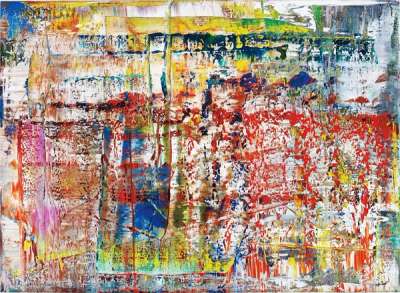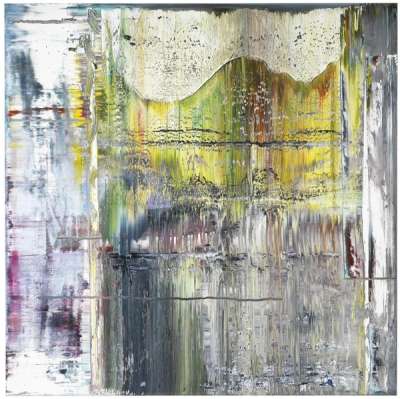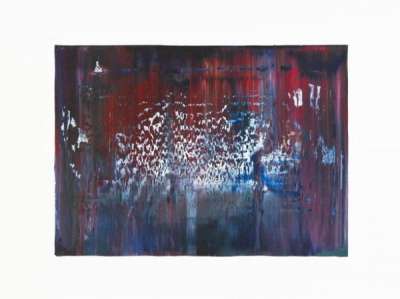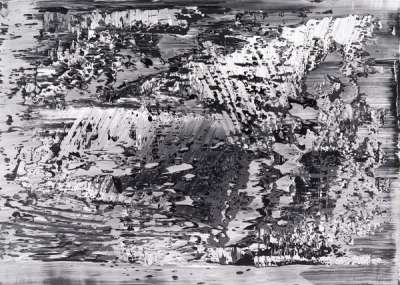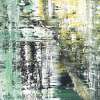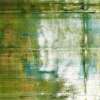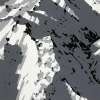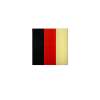Abstract
Gerhard Richter’s Abstract series comprise experimentations with abstraction begun in the late 1970s. Showcasing his revolutionary rejection of traditional painting techniques, these digital prints mirror the depth in his sweeping compositions, created using squeegees. Richter’s use of colour is deeply emotive as dramatically contrastive hues merge, becoming ominously muddy.
Gerhard Richter Abstract For sale
Abstract Value (5 Years)
With £117890 in the past 12 months, Gerhard Richter's Abstract series is one of the most actively traded in the market. Prices have varied significantly – from £673 to £50157 – driven by fluctuations in factors like condition, provenance, and market timing. Over the past 12 months, the average selling price was £13098, with an average annual growth rate of -0.69% across the series.
Abstract Market value
Auction Results
| Artwork | Auction Date | Auction House | Return to Seller | Hammer Price | Buyer Paid |
|---|---|---|---|---|---|
 Abstraktes Bild Gerhard Richter Signed Print | 5 Jun 2025 | Swann Galleries | £1,403 | £1,650 | £2,200 |
 Haggadah (P2) Gerhard Richter Unsigned Print | 10 Apr 2025 | Phillips London | £11,900 | £14,000 | £19,000 |
 Ifrit (P8) Gerhard Richter Unsigned Print | 11 Sept 2024 | Phillips New York | £2,125 | £2,500 | £3,400 |
 Abstraktes Bild (P1) Gerhard Richter Unsigned Print | 26 Jun 2024 | Germann Auctions | £15,300 | £18,000 | £21,000 |
 Abstract Painting Gerhard Richter Signed Print | 18 Apr 2024 | Van Ham Fine Art Auctions | £2,720 | £3,200 | £4,500 |
 Abstraktes Foto Gerhard Richter Signed Print | 10 Mar 2021 | Christie's New York | £5,100 | £6,000 | £8,000 |
Sell Your Art
with Us
with Us
Join Our Network of Collectors. Buy, Sell and Track Demand
Meaning & Analysis
Born in Dresden in 1932, Gerhard Richter is one of the most eminent German visual artists of our time. Well-known for his photorealistic ‘blur’ paintings and Übermalungen – overpainted photographs – Richter began to explore the possibilities of abstraction in the late 1970s. The Abstract collection brings together a number of original prints that foreground the artistic outcomes of these innovative experimentations with non-representation. A bold, revolutionary rejection of those traditional painting techniques espoused by the art historical canon, Richter’s abstract works are amongst his most recognisable, and most sought-after on the art market.
Abstraktes Bild (P1) (1990) is a standout example of both Richter’s methodological approach to abstraction, and his unique visual style. A digital print, the work showcases a depth and precision. This is product of Richter’s use of squeegees as means to apply – and embellish – a wide variety of oil paints and different, at times clashing hues. The photographic print Abstraktes Foto (1989) operates in a similar mode; this time, however, the work’s monochromatic surface references Richter’s earlier photorealist paintings from the ‘60s, such as Wolken (Clouds) (1969) and Elisabeth II (1966). In Haggadah (P2) (2014), Richter’s abstraction becomes visceral; sections of paint are prized away from the canvas to reveal a dynamic complexity that references the artwork’s creation.
As an art student in post-war Germany, Richter was constrained in terms of both the subjects and methods he was able to use. Commenting on this period, Richter said: "It became increasingly ideological. For example, we weren't able to borrow books that dealt with the period beyond the onset of Impressionism because that was when bourgeois decadence set in." In this collection, the stultifying, socialist realist training that Richter received at the Dresden Academy in the former German Democratic Republic (East Germany) is achingly present – or indeed absent; speaking to Richter’s desire to disrupt and dismantle artistic convention, these works are de-aligned from any concrete practice. As such, they are part of what Richter has called the ‘death of painting’.
